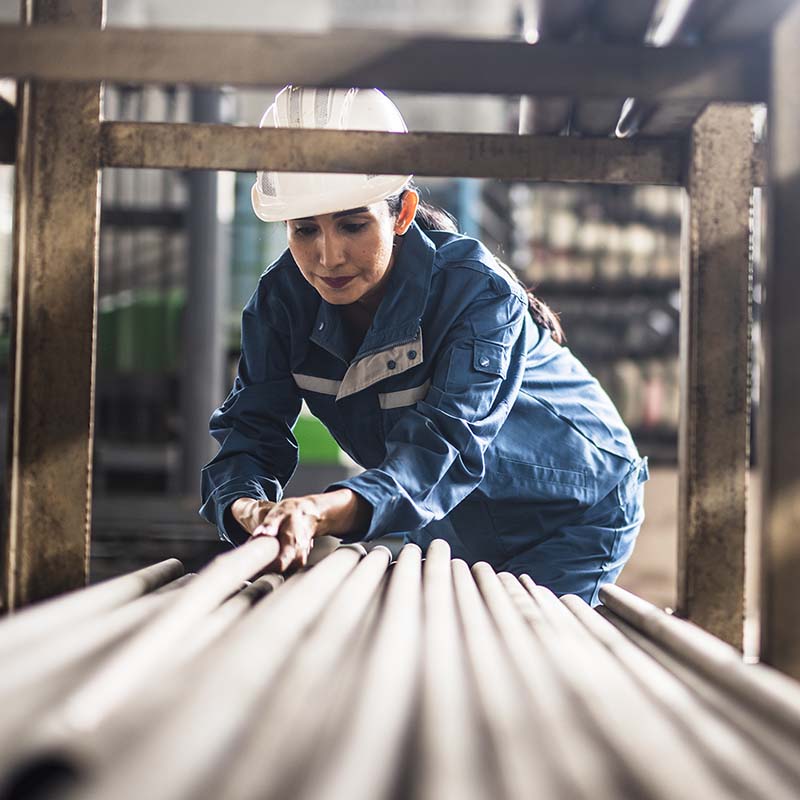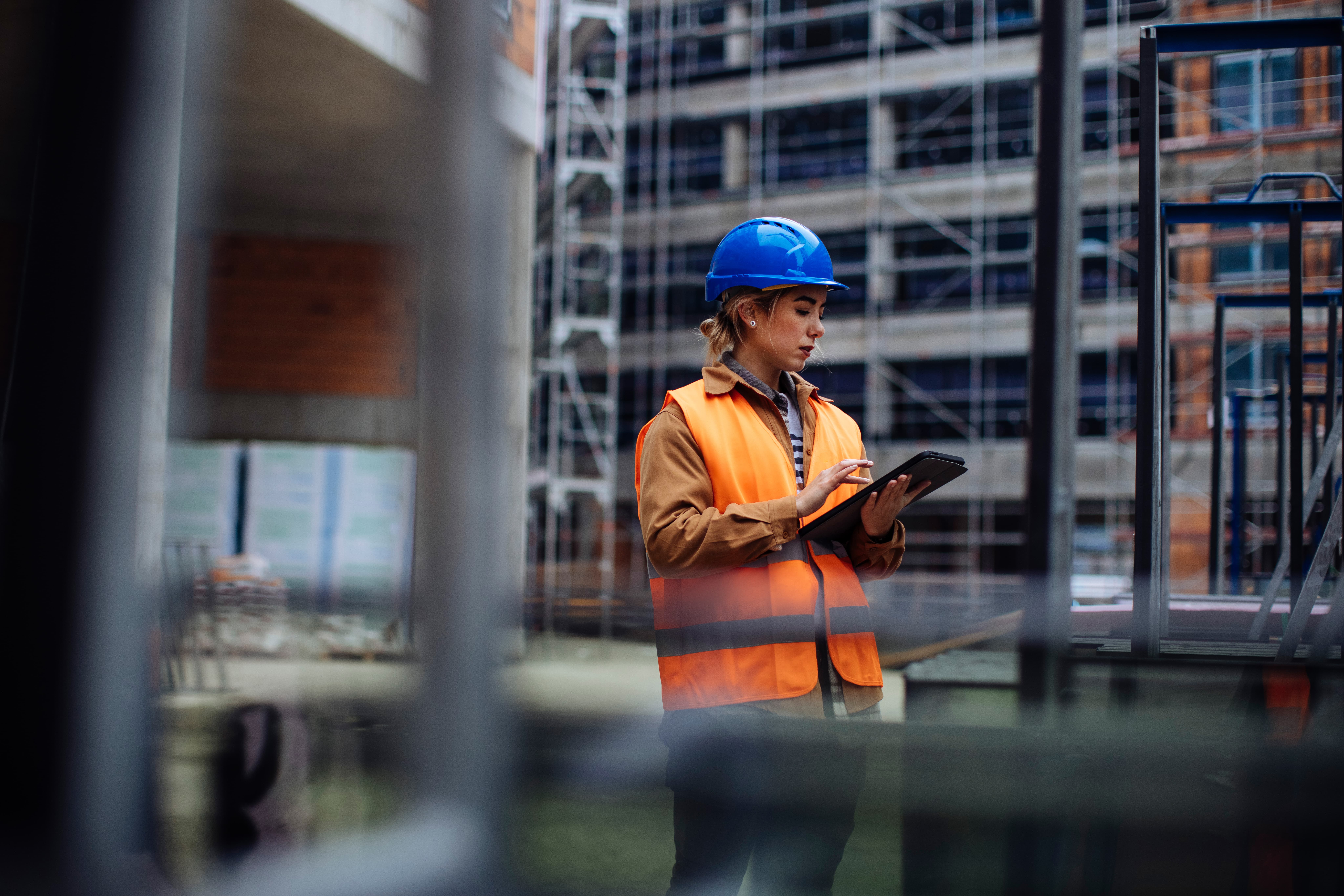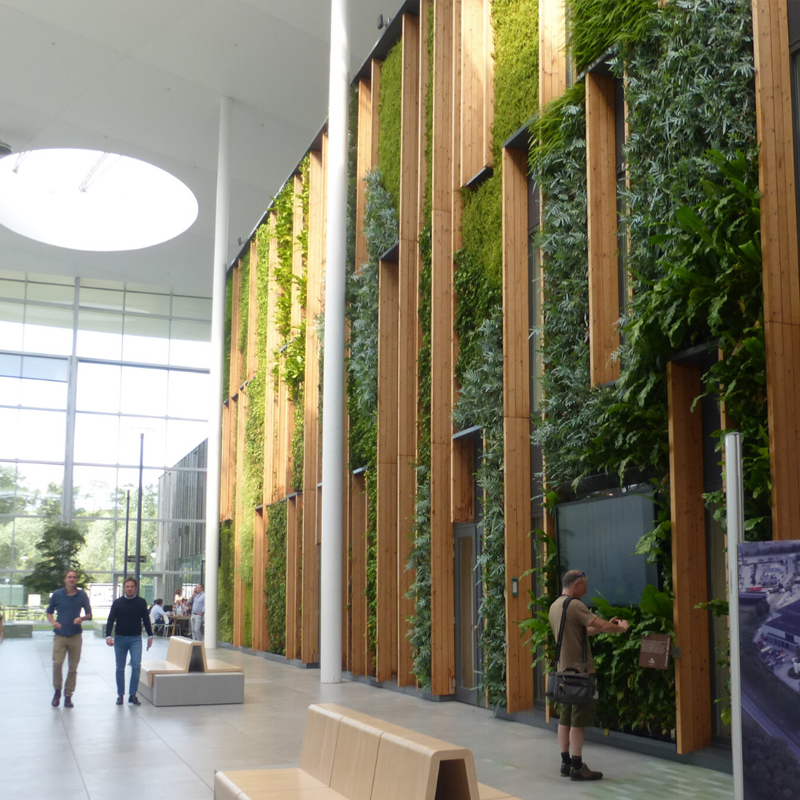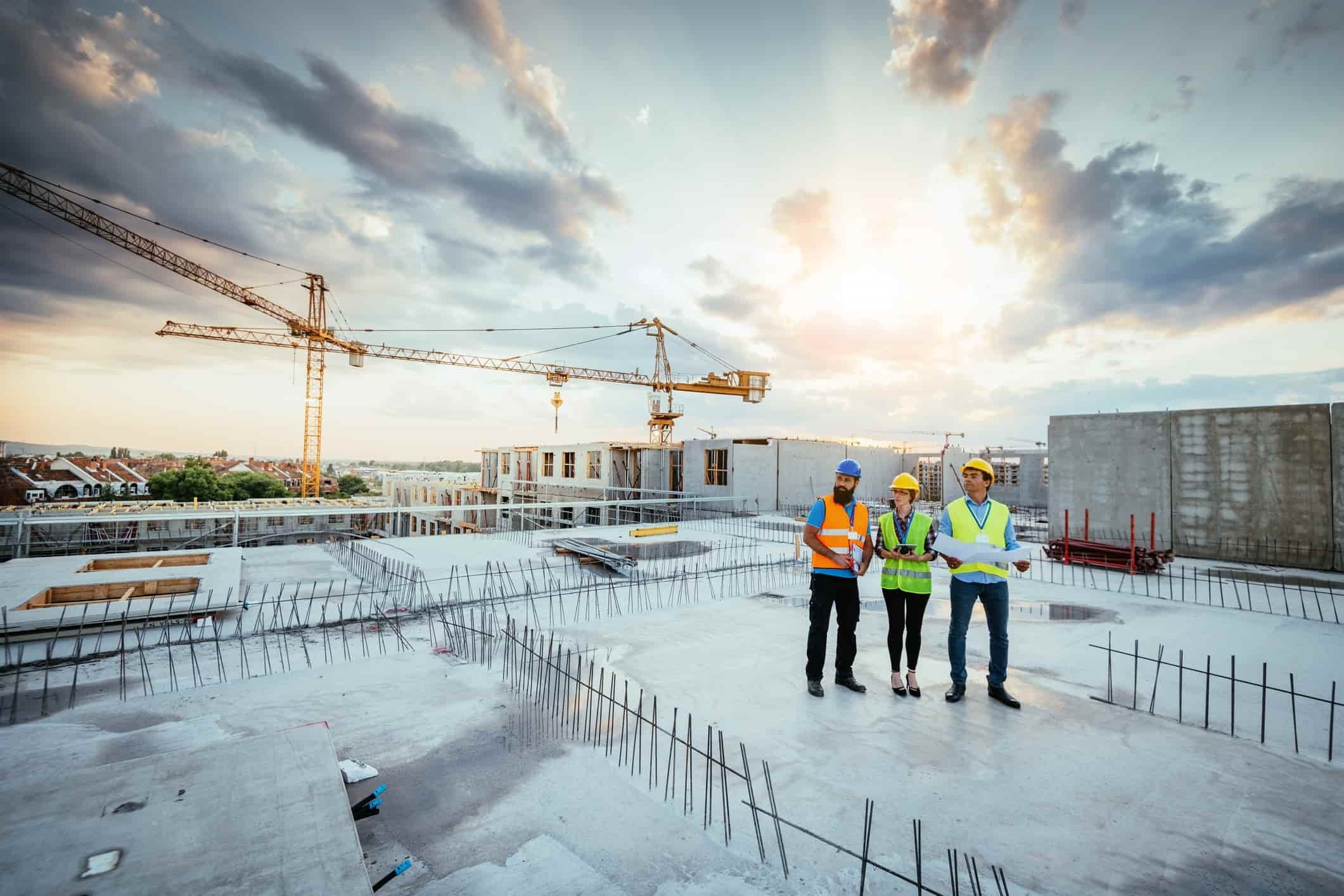
Construction
Construction is an essential part of our built environment, shaping the cities and towns we call home.
However, it's also a sector that has a significant impact on the environment, from resource depletion to carbon emissions. With an urgent need to tackle the climate emergency now, circular construction practices are being developed to create a more sustainable and resilient built environment.
What can you do?
Businesses can adopt circular economy principles in their construction practices by designing buildings that are adaptable, deconstructable, and can be easily repurposed or recycled at the end of their useful life. This includes using materials that can be disassembled and reused, implementing circular business models like leasing or take-back programs, and using building information modelling (BIM) technology to optimize construction and deconstruction processes. By embracing circular economy construction practices, businesses can reduce waste, lower costs, and promote a more sustainable built environment.
Use sustainable building materials: Businesses can reduce the environmental impact of construction by selecting materials that are environmentally friendly, durable, and energy-efficient. Examples include recycled materials, natural materials, and low-carbon concrete.
Embrace renewable energy: Renewable energy is an effective way to reduce the carbon footprint of a building. By incorporating solar panels, wind turbines, or geothermal systems into the design, businesses can generate renewable energy and reduce their reliance on fossil fuels.
Implement green building design practices: Green building design practices focus on reducing energy consumption, improving indoor air quality, and optimising the use of natural light. This can be achieved through features like green roofs, efficient HVAC systems, and water-efficient fixtures.






